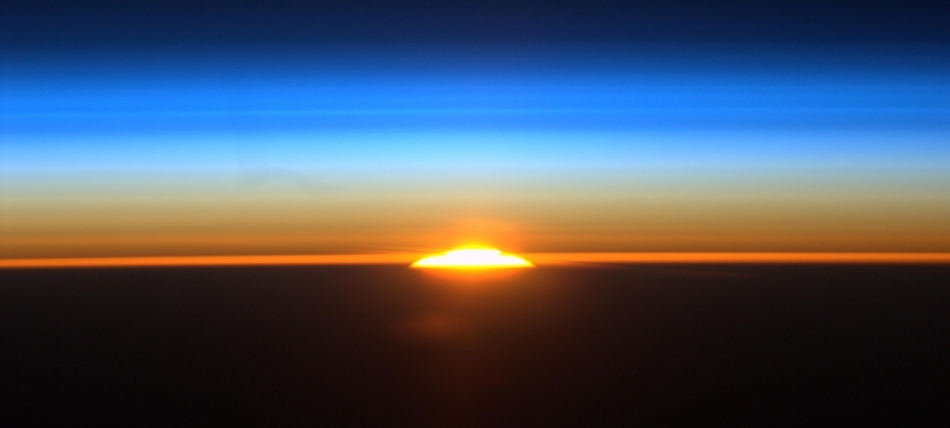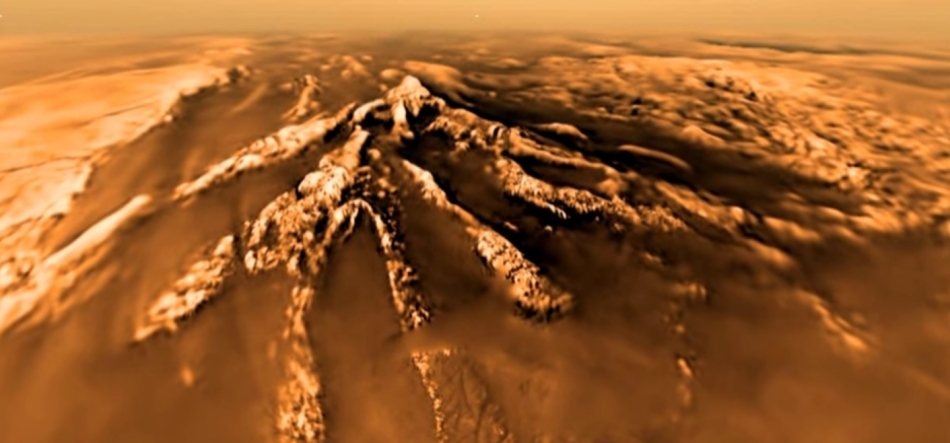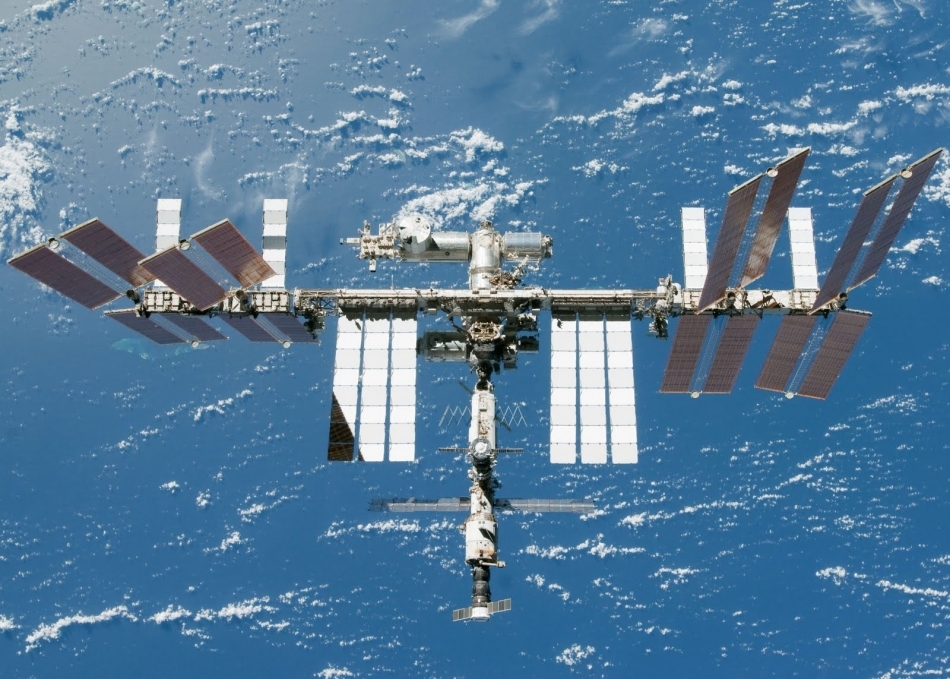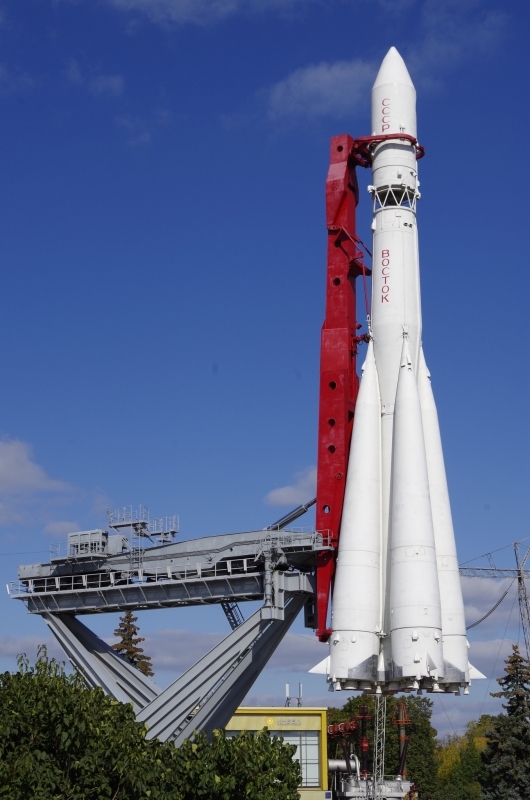Treasures of the Cosmos

On Cosmonautics Day, in addition to the festive mood, social networks begin to nag. Even if we discard marginal trash publishers and good, smart people sometimes start whining. Someone invents the canonization of Gagarin in the future and begins to get upset today. Someone mourns the domestic space program, which is especially convenient to do against the background of recent successes Mask. Someone without a Martian base Cosmonautics Day is not a holiday. Alas, not the fact that man will land on Mars in this century, and dreams, indeed, are at odds with reality. At the same time, I am sure that anti-cosmism (the idea that humanity does not need to go into space, tasks on Earth is more important) is doomed, and we will ever overcome all existing problems. Just because space is wonderful. I will try to develop and argue this thought.
Missing childhood dreams

Nowadays, they often like to remember that in Soviet times, children dreamed of becoming astronauts, and today it is supposedly not interesting to anyone. I would not get upset because few of today's children say that they would like to become an astronaut. First, the flight of the first satellite and the first man made the cosmos fashionable. Like any fashion, the effect could not last forever. Secondly, children hardly understood what the work of an astronaut was. At best, they could dream of a solemn meeting, like the first cosmonauts. But the work has changed since then, and no one is satisfied with the parades anymore. Thirdly, there is such a thing as a “socially acceptable answer”. The child does not know what to answer, but quickly realizes that the answer “astronaut!” Is supported by adults, and begins to answer like that without thinking. And fourthly, children's dreams pass along with childhood. For example, I liked to play the driver of a tram and trolleybus, but the closest thing to this that can be found in me is an adult - a love of technology.
At the same time, there is something that can be called a "real dream." Some event enters the life of a person and changes it. For example, the moving star of the first satellite changed the life of twelve-year-old Mike Mullein (became an astronaut) or fourteen-year-old Homer Hickam (became an NASA engineer). Fortunately, for space such a trigger can be not only the news of a great cosmic achievement, books, films and other options are also suitable. It seems to me that such upheavals in the lives of individuals occur relatively rarely and constantly in time (that is, per year the number of such people will be approximately the same). And today someone “got sick” with the cosmos, and tomorrow it will happen to someone else. And finally, we should not forget that astronauts make up a very small proportion of people who are involved in space. We also need scientists, engineers, workers, managers and many other specialties.
Dead end and no dead end

Do you remember that the assault of Venus on the photon planet "Khius" in the book "The Country of Crimson Clouds" of the Strugatsky brothers took place at the end of the twentieth century? And by the beginning of the XXI century, in the chronology of the Strugatskys, the solar system was already completely mastered, with plants on Venus and scientific stations on the satellites of Jupiter and Saturn. Needless to say, this is not embodied in reality. In four years, astronautics went from the first satellite to the first man in orbit, it took another eight years to jump to the moon, but after 1969 the scale and number of records dropped markedly. Yes, we have to say that the manned cosmonautics "froze" in the Earth's orbit, did not find in space an "Shishdostantium" that would justify the allocation of more and more resources, and the technology rested against the limitations imposed by the physics of our world. But this condition cannot be called a dead end. We do not play a computer game and do not know in which direction to conduct research, the result of which will bring us closer to space. Therefore, humanity in the face of scientists trying to knock on all doors at once. Today it turned out that it turned out to be cheap and profitable to send automatic machines into space that can work for years and decades, weigh less and are not so pitiful. As a result, unmanned scientific missions are now working on the orbits of Venus, Saturn, in the asteroid belt, in orbit and on the surface of Mars. Yes, this is movement away from the road that fantastists and dreamers have come up with, but this is movement, not a dead end.
At the same time, in space there are many attractive things.
')
Cosmos is beautiful
It so happened that the cosmic species are beautiful. Whether shooting the Earth from orbit, landscapes of the Solar System or astrophoto, photos and videos attract attention and delight the eye. And, just think, there are still people who have not seen this beauty.
Earth from orbit. Even an environmental activist who hates technological progress can show this video and try to explain that we would not have noticed what a beautiful planet we are if it were not for the space program.
The solar system is also beautiful. For example, chaos on Mars, a type of relief that is not found on Earth.
And these are real photos that have been breathed in with the help of computer technology.
And even if we look further, beauty does not disappear outside the solar system.
Cosmos is useful

Serious reversal of the path of space exploration can only happen with a global cataclysm. Because today astronautics has firmly entered the everyday spheres of our life and even has become profitable there. Navigators in smartphones and special devices are space. The weather forecast is space. Television is also space. Satellite phones are now not used in large quantities, but they are in demand in their niche. Cosmos can save the life of a lost tourist or an accident in the wilderness of a pilot, if they prudently took the satellite messenger with them. Intelligence satellites do not bring direct profits, but are needed for state security, so countries will not spare money for them.
Cosmos is interesting

One hundred years ago it was believed that Mars appeared before the Earth, and Venus later. Accordingly, on Mars they expected to see the ruins of ancient civilizations, and on Venus - dinosaurs or savages. Through the telescope, they even managed to see the channels on Mars, which in their topology were more like a network of railways than geological faults. And the opaque atmosphere of Venus left the widest field for fantasy. Everything changed with the advent of interplanetary stations, which were able to look at these planets close. Yes, dreams and fantasies have scattered, we know that on Mars, at best, life can be no more difficult than bacteria, and the giant burning chamber of Venus is probably dead. But it is better to know the truth than to dream. Besides, who knows, maybe understanding of the catastrophic greenhouse effect of Venus will be able to save us from repeating this sad scenario on Earth?

In the solar system there is a single satellite with the atmosphere - Titan (satellite of Saturn). Even from Earth's orbit, we could not look under its thick and opaque layer. Scientists thought that in cold conditions of the outer solar system, the surface of Titan should be shapeless and uniform. But in 2005, the Huygens station dived into an opaque atmosphere, and it turned out that the relief of Titan is quite similar to that of the earth with mountains, rivers, dunes. Only at a temperature of -180 ° C, water ice plays the role of a stone, and liquid methane acts as water. Orbital observations of the Cassini station found lakes of liquid methane. A similar story happened with Pluto, which pleased us with a variety of relief, but with the participation of liquid nitrogen.

And, for example, on Mars there is a phenomenon that is impossible on Earth. The poles of Mars are composed of water and carbon dioxide ice. And when spring comes, carbon dioxide ice begins to melt. But, unlike water ice, it does not turn into a liquid, but immediately passes into a gaseous state. At the bottom, high pressure areas are formed, which break through the crust on the surface, and a gas geyser beats from the depths, taking with it the ground and forming beautiful fluffy figures. But we are also familiar with the phenomena on Mars, for example, there are many dust vortices recorded on the Earth, which form on Earth in warm, sunny weather.
Such stories can continue to tell a very long time. You can talk for hours about each celestial body of the Solar System and then spend another few weeks on stories about stars, nebulae, quasars, black holes and other deep space objects. We would not know all this if it were not for astronautics. And think about how many interesting discoveries are still waiting for us!
Cosmos is a complicated technique.

As one of the branches of human activity, cosmonautics works with a very complex and interesting technique. Just think, next year it will be forty years since the launch of the Voyager spacecraft, and these probes are still working. Once again, probes launched in 1977, when many readers were not yet in the world, are now flying in space in space. "Voyagers" even continue to collect and transmit to the Earth scientific information about what is happening at a distance of more than fifteen light hours from us. After 10-20 years, the transmitters may be too weak to be heard on Earth, they were not counted on for such a range and duration of work, but not the fact that the probes will fail by that time. Similar examples show rovers, for example, Opportunity exceeded the warranty period of 90 days for more than 50 times.

In astronautics, in addition to the highest reliability, there is also unsurpassed accuracy. For example, the domestic radio astronomer telescope at the beginning of 2016 received images with a resolution of 21 microseconds of arc. This is comparable to the size of a matchbox on the surface of the moon, when viewed from Earth (anticipating questions, the telescope works in the radio band, so it makes no sense for them to shoot the moon). This resolution allows Radioastron to look at black holes at a distance of 900 thousand light years, almost as much as their Interstellar characters saw.
Space is big projects

Over the American manned lunar program "Apollo" more than 400 thousand people worked. And now the International Space Station weighing more than 400 tons, which has been collected by space agencies all over the world, is flying over our heads. At the same time, the new unit, joined with the station, could have been made on the other end of the planet, but this did not prevent it from getting into place without any problems. And people on the ISS are continuously (of course, replacing each other) for more than fifteen years.
Cosmos is wonderful people.
The selection of astronauts eliminates people with a weak psyche and whiners. For astronauts there are no standards of beauty, but for some reason it turns out that even outwardly astronauts are nyashi, that at the dawn of the space age, now.




Cosmos is a glorious story

From the history of astronautics takes breath. Air castles dreamers and fantasy. The first experiments. The conquest of technology, physics and materials pioneers of astronautics. The elegance of design solutions. Successes and failures. The heroes who became the first, and those who gave their lives in the name of progress.
Do you know, for example, that Gagarin could die at least three times in his first flight? Moreover, if in the first case it was saved by an immaculately working technician, then in two cases he himself, using his professionalism and training, corrected the situation. And in the American lunar program, the landing on the moon included two stages, when the failure of technology would lead to the death of astronauts, because there were no backup options.
Conclusion
Regardless of who you are, the cosmos is ready to shower you with its treasures. Funny stories, vertices of pathos and real tragedies. Fascinating technique and wonderful people. Distant beauty and pragmatic use. Cosmos is great!
Source: https://habr.com/ru/post/392973/
All Articles